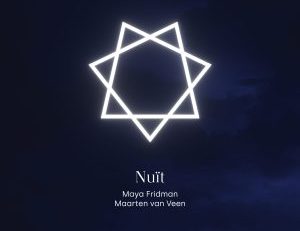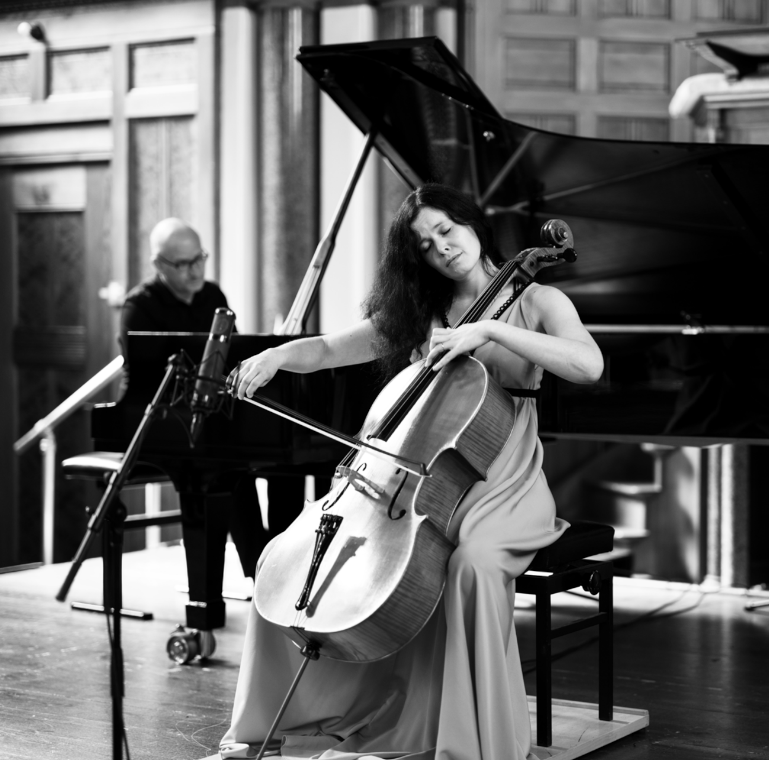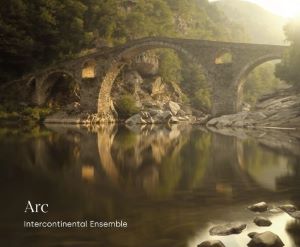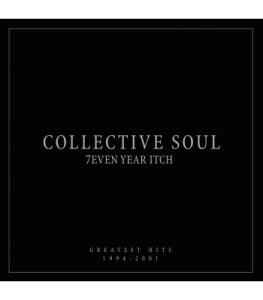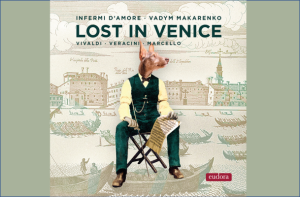Can you like a work of music without understanding it? Indeed, yes. I don't claim to yet understand what Maya Fridman and Maarten van Veen have created in Nuït, their new release from TRPTK. But I do like it, and I plan to continue listening to come to grips with it. It is a wonderful experience of primal cacophony resolving into nuance, delicacy and beauty, yet undeniable strength.
Nuït, Maarten van Veen & Maya Fridman. TRPTK 2022 (DSD256, DXD). HERE
Whenever Maya Fridman is involved in a new project, my ears prick up and I pay attention. She is both an exceptional cellist and a fine improvisationalist. In this album, she collaborates with pianist Maarten van Veen to compose a new work that they perform together.
They draw on the metaphysical, the mystical, the myths of creation and love. Maya writes in the liner notes, "This album pays tribute to the goddess of the night sky, Nuit, depicted on the Stele of Revealing as a woman bending over the earth with a body completely covered in stars."
The album came about from improvisation sessions in Maarten van Veen's studio. Drawing upon a memory of a dream in which empty space expands with every increasing speed into a night sky full of colors and distant music, the two placed trust in each other to improvise. In so doing, they built a vision of what would become the album we hear today.
Maarten writes, "Inspired by the Egyptian myth, we also feel the need of sharing musical moments being aware that we are all part of the universe and somehow connected."
And it is this magical exploration through improvisation that we are invited to share. How much of the current recording comes from writing down the notes of the original improvisation, and how much of this session is itself another pure improvisation, Maya does not say. I am just delighted to have this now as a recording to experience.
(Update: Maya has confirmed "And yes: we don't have a note on paper, never .")
Much of the listening experience is the exploration of sounds and moods. Our performers push the capabilities of their instruments to explore resonances, contrasts, subtleties, and extremes. Each speaks and responds, blends and contrasts, challenges and submits. It is all a wonderful dialog and exploration.
When Maya blends her lovely voice into the repeating refrains in XXXI (the ninth track), we experience a moment of rare beauty and peace. The final movement, XVIII, begins in silence. Then, at about 0:26, there is the very quiet plucked note of the cello, followed quietly by a note, then two, very low on the piano. This is almost inaudible, so listen carefully. Gradually the volume of the cello and the piano builds with each passing note. All seems almost plaintive, certainly meditative, with yearning long bowing strokes on the cello before all fades to silence and the work concludes.
The virtuosity and creativity of the performers makes this all work.
I am enchanted.
Also making this album so satisfying is the excellence of the recorded sound made possible by the skills of TRPTK recording engineer Brendon Heinst. Recorded in the marvelous acoustics of Westvest90, a church in Schiedam, which is also a recording studio and performing arts center, the sound is alive, transparent, and highly detailed. The very low noise threshold makes it possible to hear the full dynamic range of these instruments from the extreme whisper to full-throated window rattling roar. A piano can be a most difficult instrument to record. Here Brendon does an excellent job of capturing its full range while never over-shadowing the cello. Quite an impressive feat!
Images courtesy of TRPTK




